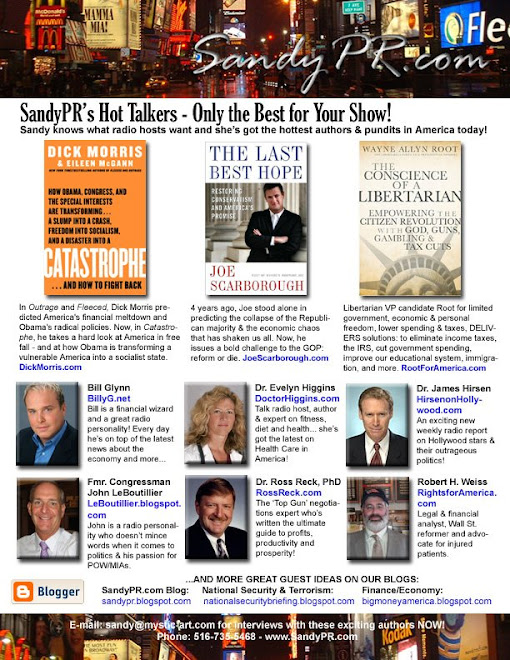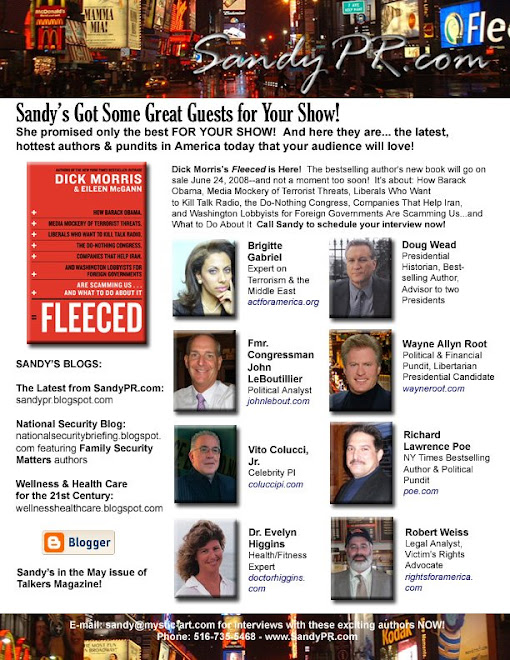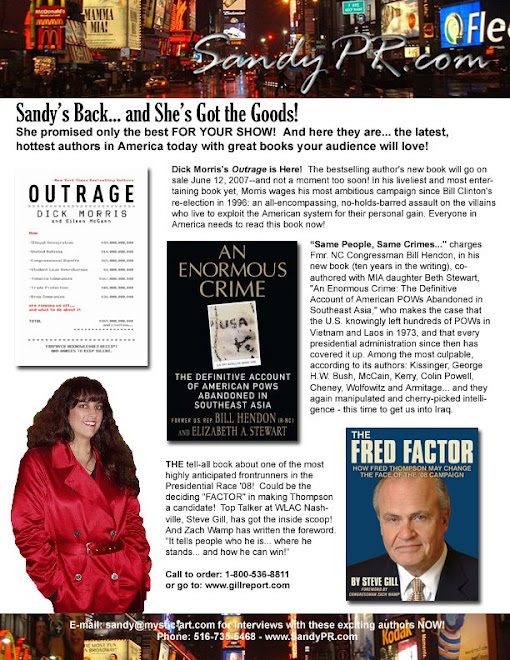From the Best-selling Author of The Bell Curve,
A Revealing Expose on the Collapse of the
American Culture
COMING APART
The State of White America, 1960-2010
By Charles Murray
"Murray offers sketches of life lived in the upper class and the lower class and argues for the need to focus on what has made the U.S. exceptional beyond its wealth and military power, the ideals that have held a highly diverse nation together: religion, marriage, industriousness, and morality. Writing from a libertarian perspective, Murray offers a hopeful long view of elites, who have enormous influence on economic and social policy, coming to understand the peril of their disconnection from the rest of America."
--Booklist, starred review
"A timely investigation into a worsening class divide no one can afford to ignore."
--Publishers Weekly
Charles Murray is no stranger to controversy. Named by The National Journal as one of the 50 "People Who Make a Difference" in national policy-making, he is one of the select few leading today’s debate on social policy. He is known for his frank and candid approach, and his best-selling books Losing Ground, The Bell Curve, and others works have provided a much needed dose of reality when it comes to the issues surrounding education, government, and social reform. Now, in COMING APART: The State of White America, 1960-2010, Murray offers an in-depth exploration of the evolution of American society that is sure to stir debate.
While America has never been a classless society, there has always been a collective identity - until now. COMING APART argues that the American classes have reached a level of separation unlike anything we have ever known before. Using data from the 1960 and 2000 censuses, Murray demonstrates the emergence of a spatial isolation between the social classes that has no parallel in American history. Murray first takes on what he calls the new upper class: a highly educated, successful, affluent group concentrated in what he calls "SuperZips" clustered around a few centers of national power. It is this upper class that is running the country, yet they are increasingly isolated from, and ignorant about, the rest of America, having never interacted with those outside their upper-middle class bubble. For the bottom third of white America, which Murray refers to as the new lower class, there has been a deterioration in the quality of life.
Murray examines specifically American trends regarding marriage, religion, honesty, and industriousness for the past fifty years to show how communities are socially collapsing. In taking on this task, Murray limits the data exclusively to non-Latino whites, giving the reader no choice but to recognize that the changes he describes are not grounded in racial or ethnic divisions, nor are they based on current economic hard times. (As the data show, life in the American working class was breaking down in the 1980s and 1990s when the country was enjoying an economic boom.) Those trends are frightening, showing wide gaps that have opened up in behaviors that once united Americans across classes. Hardly anyone in the upper class has even noticed the change, and COMING APART is the first book to bring this startling transformation to public attention.
Murray shows us that America has devolved into a class system where those at the top and those at the bottom barely inhabit the same culture. A startling long-lens view, COMING APART reveals the ways in which America is coming apart at the seams that once stitched us together. Murray evokes the civic culture that was so widely shared among Americans that it amounted to a civil religion. "To be an American was to be different from other nationalities, in ways that Americans treasured," Murray writes. "That culture is unraveling." Murray forces us to look unblinkingly at the nature of the problem because, as he argues, the price of turning a blind eye is the end to what has made America America.
About the Author: Charles Murray is the W. H. Brady Scholar at the American Enterprise Institute. In addition to his books and articles in technical journals, Murray has published extensively in The New Republic, Commentary, The Public Interest, the New York Times, the Wall Street Journal, National Review, and the Washington Post. He has been a frequent witness before congressional and senate committees and a consultant to senior government officials on education and welfare.







No comments:
Post a Comment